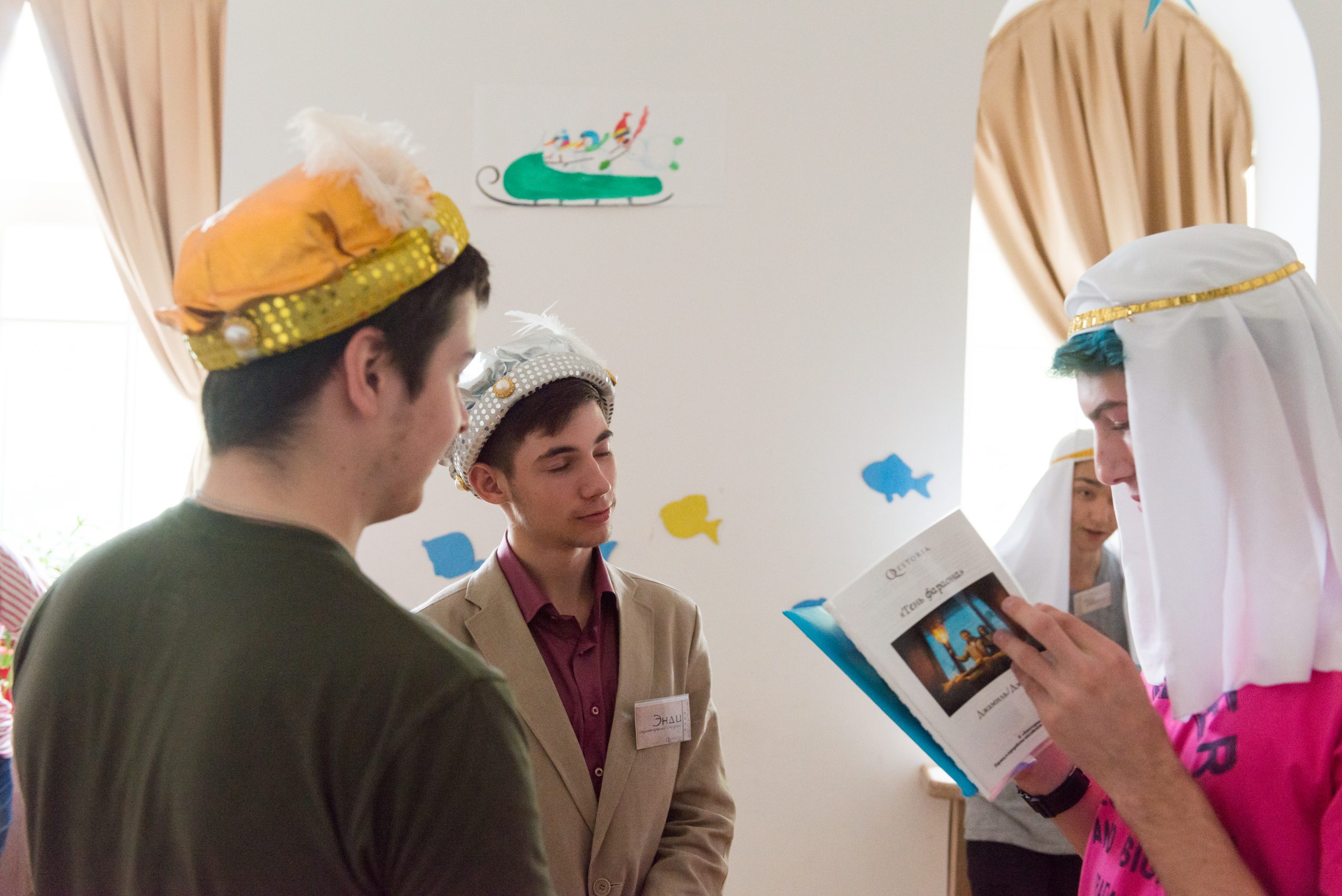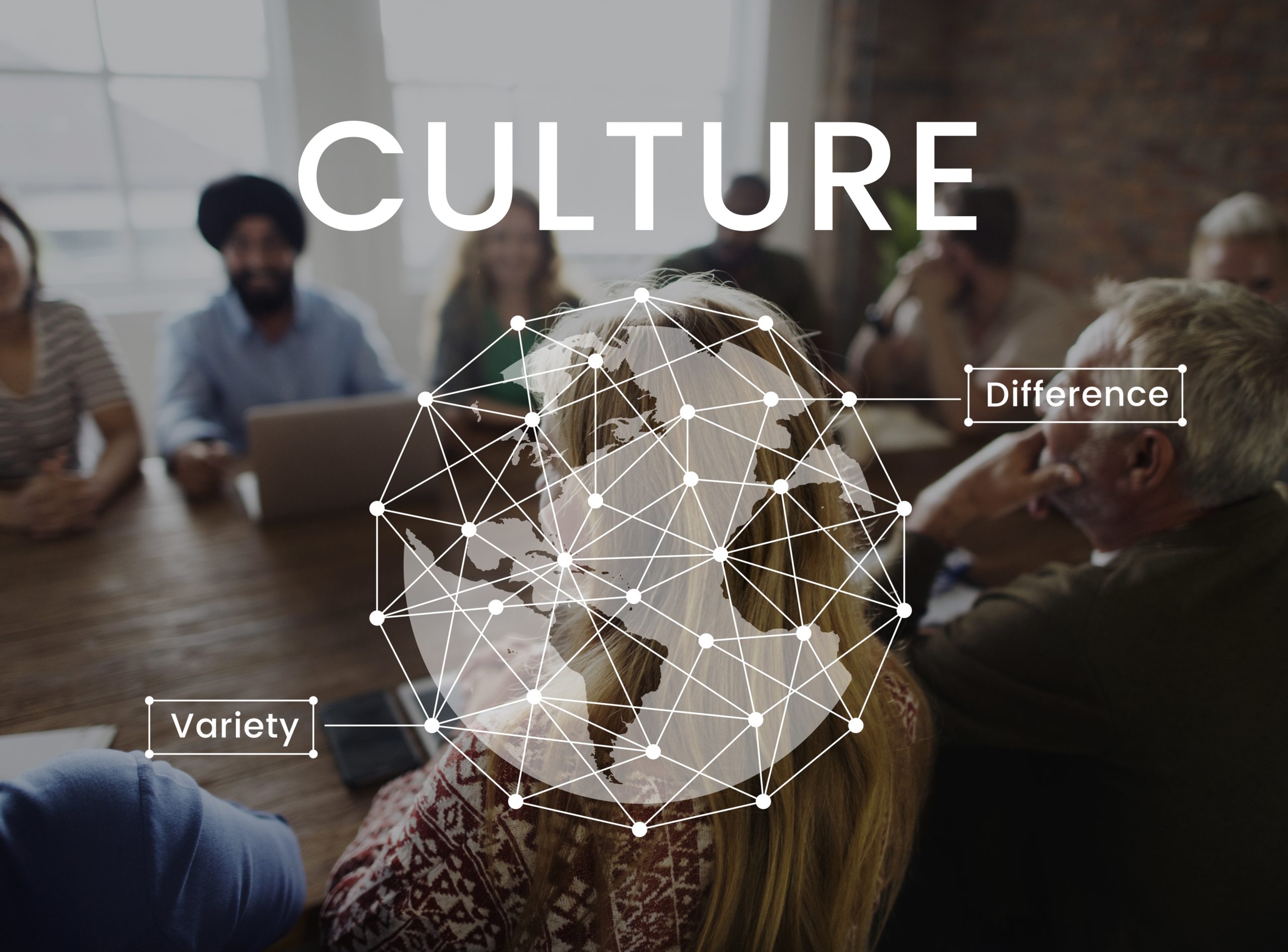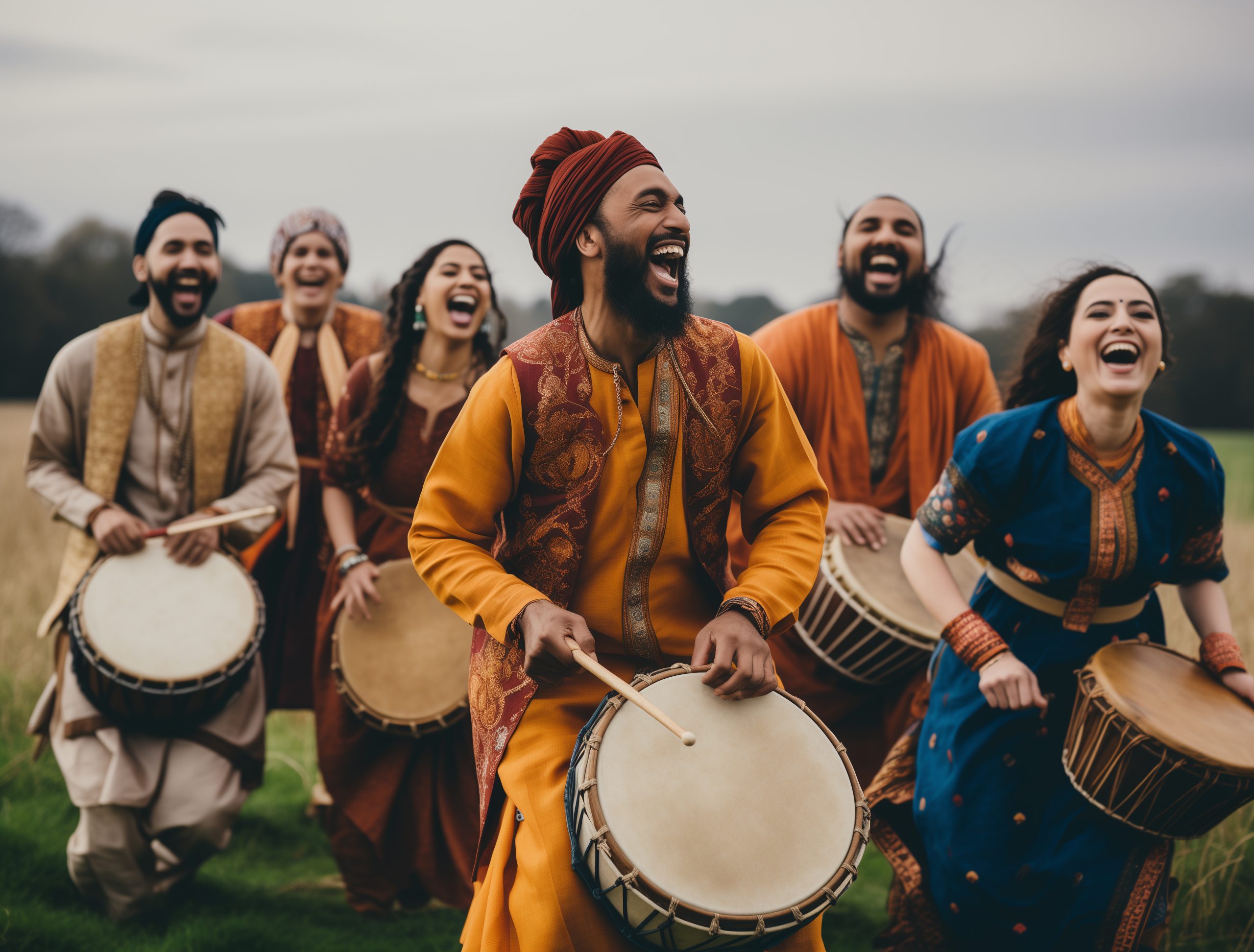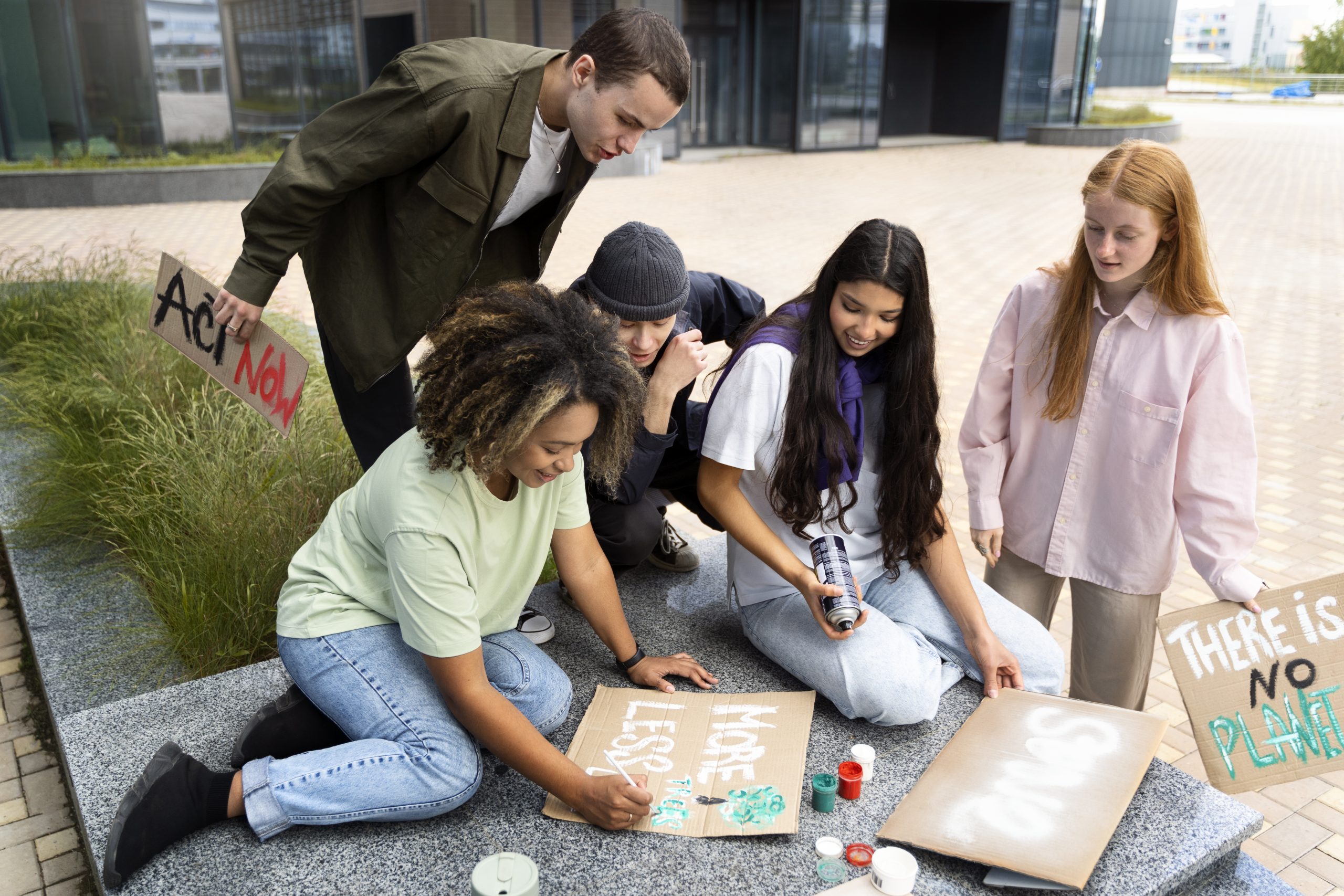
Culture is the heartbeat of any society, shaping how people think, behave, and interact with one another. From age-old customs to present-day lifestyles, the contrast between tradition and modernity defines how communities evolve over time. Both carry their own strengths, values, and challenges, creating a unique balance that influences everyday life.
At News Optimize, we dive into this fascinating topic to explore the dynamics of traditional vs modern culture. Whether it’s in art, family life, education, or social norms, the comparison highlights how societies preserve heritage while embracing change. This article unpacks the essence of both worlds and examines how they coexist in today’s fast-paced environment.
The Essence of Traditional Culture
Traditional culture represents the roots of civilization. It is built on practices, rituals, and values passed down from generation to generation. These customs provide a sense of identity and belonging, keeping communities united.
Key Characteristics of Traditional Culture
- Strong reliance on family and community bonds
- Respect for elders and ancestral wisdom
- Preservation of art, language, and folklore
- Deep connection with nature and spirituality
Traditional culture emphasizes continuity, reminding people of where they come from and ensuring that heritage is not lost in a rapidly changing world.
The Rise of Modern Culture
Modern culture emerges from globalization, technological advancement, and contemporary lifestyles. It adapts to change and prioritizes innovation, often reshaping how people view relationships, work, and society.
Defining Features of Modern Culture
- Emphasis on individuality and personal freedom
- Widespread use of technology and digital media
- Fast-paced lifestyles and evolving social roles
- Global influences shaping fashion, food, and entertainment
Modern culture is dynamic, constantly evolving, and reflective of the globalized world we live in. It often celebrates diversity and innovation while moving away from rigid traditions.
Tradition and Modernity in Daily Life
The contrast between tradition and modernity becomes most visible in everyday activities. From food choices to clothing styles, the blend of the two creates unique lifestyles across the globe.
| Aspect of Life | Traditional Influence | Modern Influence |
| Clothing | Handcrafted attire, cultural dress | Trend-driven fashion, global brands |
| Food | Homemade recipes, organic ingredients | Fast food, international cuisines |
| Communication | Oral storytelling, letters | Social media, instant messaging |
| Education | Moral teachings, memorization | Critical thinking, digital learning |
This balance reflects how societies honor the past while welcoming the future.
Family Dynamics: Old Bonds and New Roles
Family is at the core of cultural identity. Traditional family structures often revolve around large households, strong parental authority, and defined gender roles. Modern family culture, however, reflects greater equality, independence, and flexibility.
Traditional Family Traits
- Multigenerational homes
- Clear roles for men and women
- Authority centered on elders
Modern Family Traits
- Nuclear households
- Shared responsibilities and decision-making
- Emphasis on individuality and personal goals
Both approaches bring advantages: tradition fosters unity, while modernity allows freedom and adaptability.
Education and Knowledge Systems
Learning has always been a bridge between cultures. Traditional education emphasizes moral lessons, memorization, and respect for teachers. Modern education focuses on creativity, innovation, and critical thinking.
In today’s world, blending these methods can create a balanced system where heritage is respected while preparing students for global challenges.
Arts, Music, and Cultural Expression
Traditional culture thrives in folk art, classical music, and rituals that preserve identity. Modern culture expresses itself through digital art, global music genres, and mass entertainment.
Both forms enrich societies. Traditional art connects communities with their past, while modern art resonates with global audiences and future generations.
Technology’s Role in Shaping Modernity
Technology is a defining feature of modern culture. It reshapes communication, commerce, education, and entertainment. While traditional culture values face-to-face interactions, modern culture thrives on instant digital connections.
However, technology can also support tradition. Virtual museums, online cultural festivals, and digital archives ensure that ancient practices remain alive for future generations.
The Cultural Debate: Preservation or Progress?
One of the most pressing questions today is whether societies should prioritize preserving tradition or embracing modern progress. Advocates of tradition emphasize cultural identity, moral values, and continuity. Supporters of modernity argue for adaptability, equality, and innovation.
The truth lies in balance. Societies that respect traditions while adapting to modern demands create a harmonious cultural landscape.
FAQs
What defines traditional culture?
Traditional culture refers to customs, practices, and values passed down through generations, often centered on family, spirituality, and heritage.
What are the key aspects of modern culture?
Modern culture highlights individuality, technology, globalization, and evolving social roles that adapt quickly to change.
Can traditional and modern cultures coexist?
Yes, many societies blend the two, keeping their heritage alive while embracing modern lifestyles and innovations.
Why is modern culture so fast-paced?
Modern culture adapts to technological advances and global influences, which accelerate changes in lifestyle, work, and entertainment.
How can traditions survive in modern times?
By incorporating cultural festivals, digital archives, and community practices, traditions can be preserved even in the digital era.
Conclusion
The comparison of traditional vs modern culture reveals that both carry profound significance. Tradition provides identity, moral grounding, and continuity, while modernity encourages progress, creativity, and adaptability. At News Optimize, we believe that neither should overshadow the other. Instead, embracing a balance ensures that societies stay rooted in their heritage while thriving in a globalized world.
Culture, after all, is not about choosing between the past and present. It is about weaving both together to create a future that is meaningful, inclusive, and dynamic.





